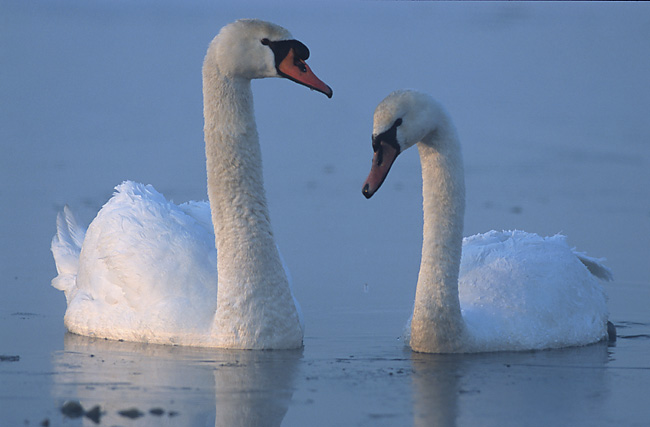Most of the world is under social isolation to manage the spread of the #COVID19 virus since February 2020. To protect the citizens and the spread of the virus, countries have closed their #international #borders. Within a nation, the hot-spots of infection have been closed, and people are advised to be under self-isolation. A large gathering of people, in some countries, no more than five, is allowed.
For the first time in centuries, the seasonal transition from winter to spring is not celebrated. Given the expansion of #socialisolation, the transition from spring to summer may also pass without celebration. Social and self-isolation are techniques mandated by several governments to control the spread of the infection and protect the people. Social isolation means you—
- stay at #home
- do not leave home to go to work, school or public areas
- cannot use public transport like buses, trains, tubes or taxis unless it is safe to do so
- avoid inviting visitors to your home or visiting other people at home
All around the world, the level of daily #disturbance of human activities has fallen significantly. This has provided an unprecedented opportunity for nature resilience.
Nature can bounce back.
There is a flexibility in nature that enables nature to recover from an incidence of disturbance, this is known as nature resilience. When people release the intense pressure on the environment due to daily use, nature simply bounces back. Human life and life on the planet Earth still depend on nature. We need nature to provide us with essential life elements such as clean water and clean air.
Examples of nature recovery posted in the media such as clean #canals in #Venice, Cagliari #canals welcoming #dolphins, #swans in #Milan, cleaner #water in river #Ganga, these depict the recovery of nature. It shows that when people are not adding undue pressure on environment, nature gradually recovers from the past disturbance. Experts observe that more wildlife is visible due to many programs already in place to protect the species. Most #wildlife areas or conservation areas benefit from improved protection, less poaching, ban or decreased hunting, habitat improvement, creation of corridors, building sanctuaries, and safe heavens.
Primary environmental problems that will lead to recovery of the nature continues to remain unresolved at this time. The impact of climate change, loss of biodiversity, and alteration of existing homes of animals at a rapid rate remain unaltered. #Flood, #droughts, catastrophic fire, and erosion have a severe, irreversible impact on the human life and economic well-being of people. Thus, it is misleading to call the event as recovery.
This global experiment has given us a lot of hope and shown the tremendous impact our actions we have on the nature around us. This #knowledge and data have now provided us with the capacity to understand and apply the information to restore the #degraded landscapes at small, medium, and large scale. If we all decide to allow nature to recover without adding further #disturbance, recovery is possible.
We can change things if we see the need to. Loss of natural areas, damage to #biodiversity, and climate change are continuous, cumulative, processes. It is hard to point as the changes are gentle and gradual. #Nature provides us with innumerable benefits in the #cognitive, #emotional, and #psychological benefits. #Playing and interacting with nature is found to relive people of #stress.
This #EarthDay let us pledge to find more ways to help the #environment help us and support those initiatives.
Happy Earth Day 2020!
